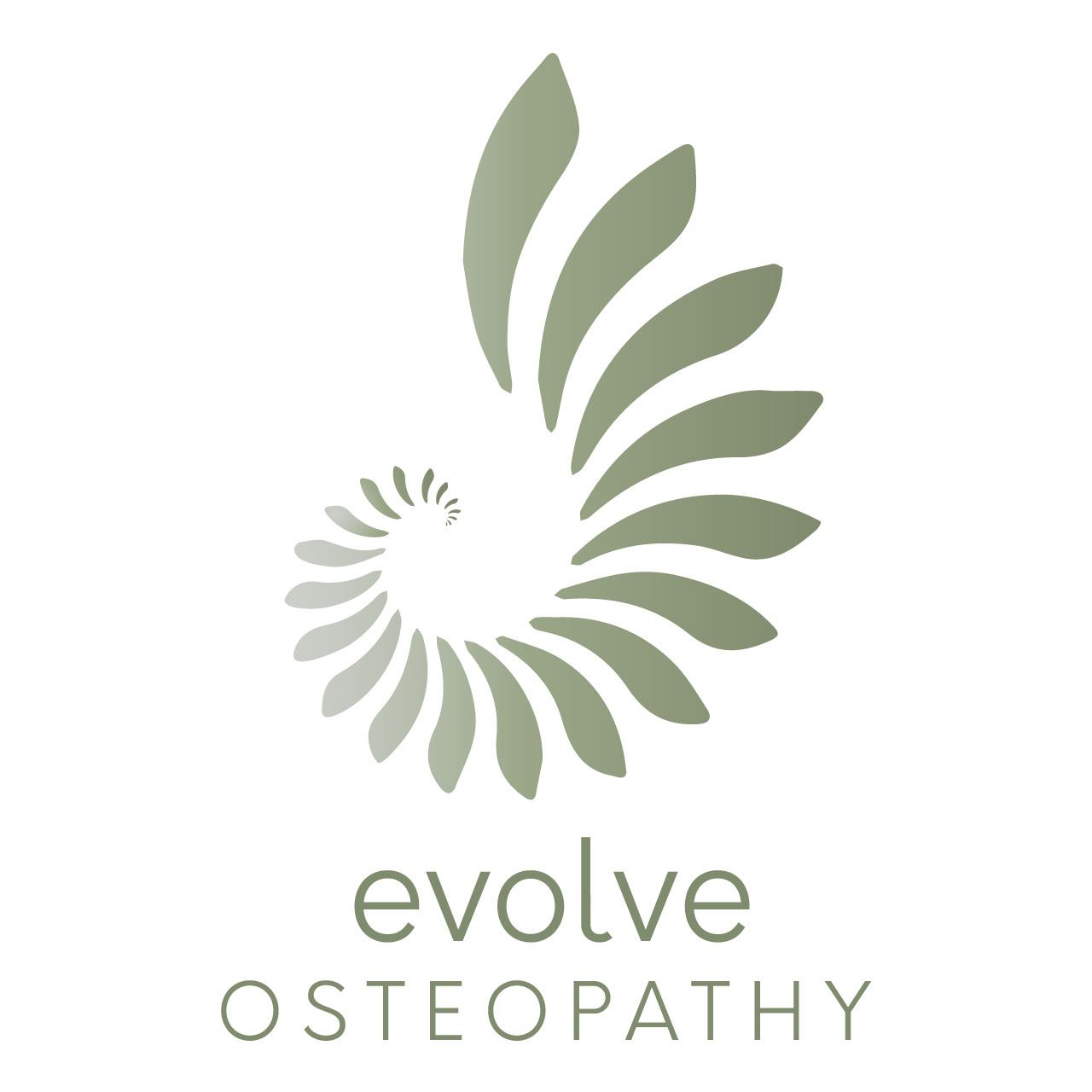Osteopathy for Arthritic Pain
Arthritis is a condition that affects millions of people worldwide, causing chronic pain, stiffness, and reduced mobility. While there are various treatment options available, one alternative approach that has gained popularity is osteopathy. Osteopathy focuses on treating the whole body and aims to restore balance and harmony, which can be particularly beneficial for individuals suffering from arthritic pain. In this article, we will explore the causes and symptoms of arthritic pain, the role of osteopathy in managing it, the different osteopathic techniques used for arthritis relief, and the numerous benefits of choosing osteopathy as a treatment option.
Understanding Arthritic Pain: Causes and Symptoms
Arthritic pain can be caused by various factors, including age, genetics, obesity, joint injuries, and autoimmune diseases. The most common form of arthritis is osteoarthritis, which occurs when the protective cartilage between joints gradually wears down over time. This can lead to bone-on-bone friction, resulting in pain, swelling, and stiffness. Rheumatoid arthritis, on the other hand, is an autoimmune disease where the body’s immune system mistakenly attacks the joints, leading to inflammation and pain.
Symptoms of arthritic pain typically include joint pain, tenderness, swelling, stiffness, and decreased range of motion. These symptoms can significantly impact a person’s quality of life, making daily activities and movements challenging and painful. Finding an effective treatment to alleviate arthritic pain is crucial for improving overall well-being and maintaining independence.
The Role of Osteopathy in Managing Arthritic Pain
Osteopathy takes a holistic approach to managing arthritic pain by focusing on the body as a whole rather than just the affected joints. Osteopathic practitioners believe that imbalances and restrictions in the body’s structure can contribute to arthritic pain and aim to restore balance and functionality. By utilising manual techniques and gentle manipulations, osteopaths can alleviate pain, reduce inflammation, and improve joint mobility.
Osteopathic treatment for arthritic pain involves a comprehensive assessment of the patient’s musculoskeletal system to identify any underlying imbalances or dysfunctions. This assessment helps osteopaths develop a tailored treatment plan that may include joint mobilisation, soft tissue manipulation, stretching exercises, and postural advice. Osteopathy also emphasises patient education, empowering individuals to take an active role in managing their condition through lifestyle modifications and self-care techniques.
Exploring Osteopathic Techniques for Arthritis Relief
Osteopathic techniques used for arthritis relief may vary depending on the individual’s specific needs and the severity of their condition. Joint mobilisation, a commonly used technique, involves gently moving the affected joint through its range of motion to reduce stiffness and improve flexibility. Soft tissue manipulation, such as massage and stretching, can help relax muscles, increase blood flow, and alleviate pain.
In addition to hands-on techniques, osteopaths may also recommend exercises to strengthen supporting muscles around the affected joints. These exercises can help improve joint stability, reduce stress on the joint surfaces, and enhance overall function. Osteopaths may also provide guidance on maintaining proper posture and body mechanics to minimize joint strain and prevent further deterioration.
The Benefits of Osteopathy in Alleviating Arthritic Pain
Osteopathy offers several benefits in alleviating arthritic pain. Firstly, it provides a non-invasive and drug-free approach to pain management, reducing the risk of adverse side effects often associated with medication. Secondly, osteopathic treatment aims to address the root cause of the pain rather than just masking the symptoms. By restoring balance and functionality to the body, osteopathy can provide long-term relief and improve overall well-being.
Moreover, osteopathy promotes self-care and empowers individuals to actively participate in managing their condition. Through patient education and lifestyle modifications, individuals can learn techniques to reduce pain and inflammation, improve joint mobility, and prevent further damage. Osteopathy can also complement other conventional treatments for arthritis, such as medication and physical therapy, enhancing their effectiveness and providing a comprehensive approach to pain management.
As the prevalence of arthritis continues to rise, exploring alternative treatment options like osteopathy becomes increasingly important. Osteopathy’s holistic approach, focusing on restoring balance and harmony within the body, offers numerous benefits for individuals suffering from arthritic pain. By effectively reducing pain, improving joint mobility, and enhancing overall well-being, osteopathy has the potential to significantly improve the quality of life for those living with arthritis. If you are experiencing arthritic pain, considering osteopathy as part of your treatment plan may lead to a more comfortable and active life.



